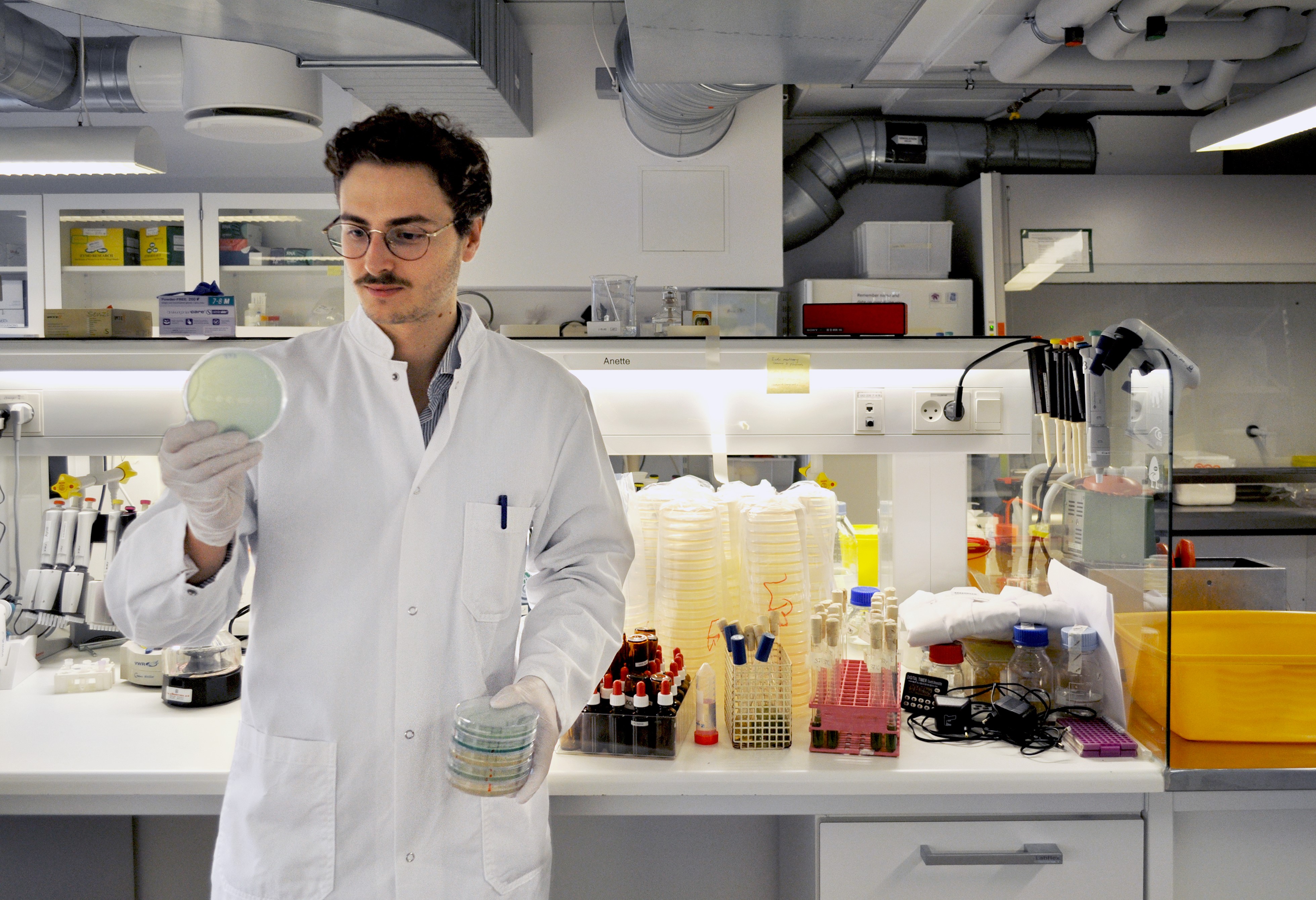Publication in Nature Communications
- anti-CRISPRs and the existence of “anti-defense islands”, discoveries that paves the way for future biotechnological genomic mining efforts.
Discovery of multiple anti-CRISPRs highlights anti-defense gene clustering in mobile genetic elements
Rafael Pinilla-Redondo, Saadlee Shehreen, Nicole D. Marino, Robert D. Fagerlund, Chris M. Brown, Søren J. Sørensen, Peter C. Fineran, & Joseph Bondy-Denomy.
NATURE COMMUNICATIONS | (2020) 11:5652 | https://doi.org/10.1038/s41467-020-19415-3 |
We discovered 11 new anti-CRISPR protein families that allow bacterial viruses to take over their host cells by inhibiting CRISPR-Cas immunity. This is the largest number of CRISPR-Cas inhibitors reported in a single publication and constitutes a 45% increase in all type I anti-CRISPRs discovered to date. It is worth mentioning that recent years have seen a growing interest in anti-CRISPR proteins due to their promising applications as modulators/off-switches for CRISPR-based biotechnologies and as potential “antidotes” for CRISPR-based bioterrorism. Indeed, anti-CRISPRs have enabled more precise and safer CRISPR applications.
 Furthermore, we found that anti-CRISPRs co-cluster in genomic regions with inhibitors of other bacterial immune functions, a previously unrecognised phenomenon which we propose to name “anti-defense islands”. Importantly, the discovery of these conserved gene arrangements reveals the potential exploitation of anti-CRISPR genomic neighborhoods for identifying new anti-defense systems.
Furthermore, we found that anti-CRISPRs co-cluster in genomic regions with inhibitors of other bacterial immune functions, a previously unrecognised phenomenon which we propose to name “anti-defense islands”. Importantly, the discovery of these conserved gene arrangements reveals the potential exploitation of anti-CRISPR genomic neighborhoods for identifying new anti-defense systems.
Altogether, our work not only identifies several anti-CRISPRs and sheds light into the complex evolutionary battle between bacteria and their viruses, but also reports the existence of “anti-defense islands”, a discovery that paves the way for future biotechnological genomic mining efforts.
Additional information: This work was a collaboration between three research institutions; Søren J. Sørensen’s group at Section of Microbiology (UCPH), Bondy-Denomy lab at UCSF (USA), and Fineran Lab at Otago University (New Zealand).
Section of Microbiology

WHERE NO IDEAS ARE TOO small
Contact
Section of Microbiology
Universitetsparken 15
DK-2100 Copenhagen Ø, Denmark
 SECTION HEAD
SECTION HEAD
Professor
Søren J. Sørensen
Email: sjs@bio.ku.dk
Phone: +45 5182 7007
Contact
Section of Microbiology
Universitetsparken 15
DK-2100 Copenhagen Ø, Denmark

Postdoc Rafael Pinilla
Email: rafael.pinilla@bio.ku.dk
